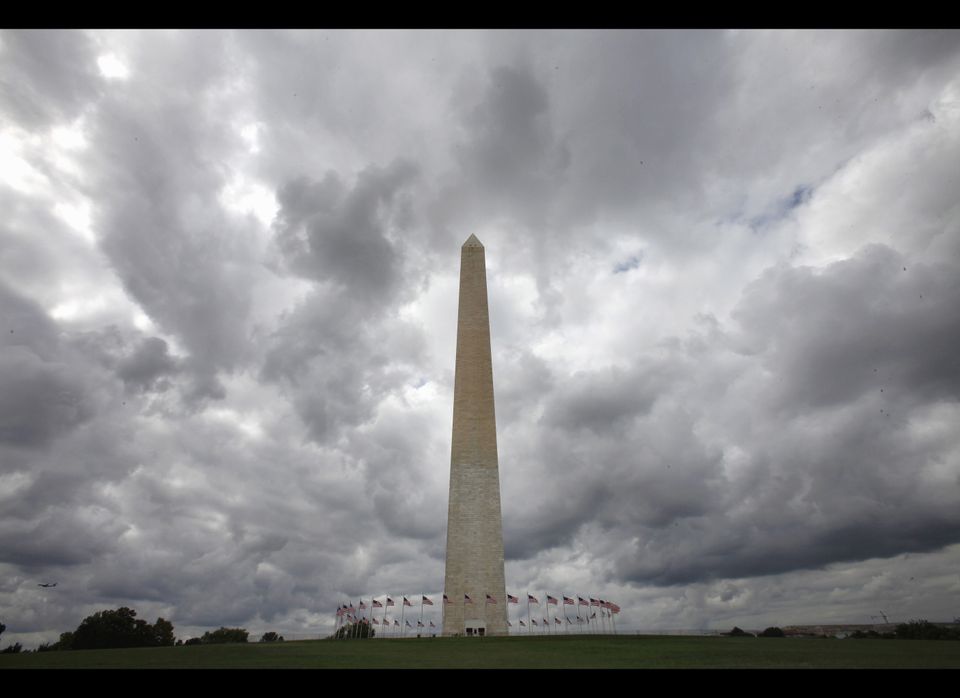
WASHINGTON -- If you look at historic photos and maps of the nation's capital, you'll notice that the Potomac River came up to the grounds of the Washington Monument. The areas to the west and south, today part of the great monumental landscape that extend from the National Mall, were created from landfill and dredged materials from the river in the late 19th century.
It's where the Lincoln, Jefferson, World War II and Martin Luther King Jr. memorials all are situated.
Following last year's 5.8 magnitude earthquake in central Virginia, there have been questions about whether there have been any lasting effects on the city's monumental grounds. Earlier this month, surveyors were inspecting the Washington Monument to see whether the structure sank or tilted from the quake, which might impact how repair work is conducted on the quake-damaged structure.
As WTOP reports, the survey work is continuing and early indications show that the area has sunk by one millimeter since the earthquake. Overall, the area adjacent to the Washington Monument has sunk by two inches since the structure was completed nearly 130 years ago.
Last year's earthquake created an effect called liquefaction for the soils in this area, said Dave Doyle, chief surveyor for National Oceanographic and Atmospheric Administration's National Geodetic Survey, who told WTOP that the earthquake only had "very, very minor" impacts on sinking.
Severe liquefaction during earthquakes can be deadly. Much of the damage during the 1985 Mexico City earthquake resulted from the city being built on the soft soils of a former lakebed. In San Francisco, liquefaction from the 1989 Loma Prieta quake caused buildings in the Marina District, built on dredged landfill, to crumble and streets to buckle.
Fortunately for the nation's capital, the seismic risk is not as high as it is for other more quake-prone cities, especially since most of the land built on the dredged Potomac River soils is parkland, not dense neighborhoods or commercial districts.
Still, the fact that much of Washington's monumental landscape sits on soft dredged river soils has an impact on the area's long-term stability.
In recent years, work has been conducted to stabilize land adjacent to the Jefferson Memorial that have been sinking into the Tidal Basin.
